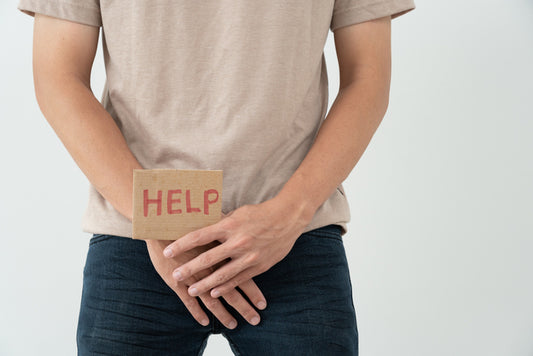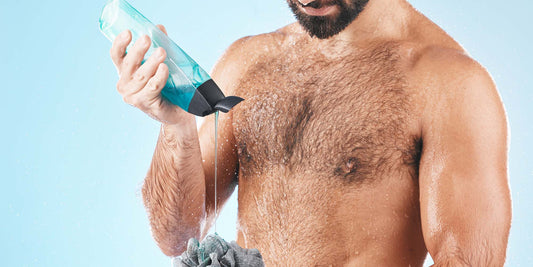The ‘chafers’ amongst us know that at its worst this devil of a skin problem is a burning, stinging, agonising inferno of red rawness that can turn even a simple walk into an excruciatingly painful event.
So what the devil is chafe?
Chafe, or chafing happens when skin repeatedly rubs against skin, either directly or through your clothes. It can also happen when your skin rubs against wet or sweaty clothes, or badly positioned seams in clothes. This seems like an unfair punishment for those of us who work out to try and keep fit only to be rewarded with a red raw case of chafe.
The most common places for it to occur are the inner thighs, however the armpit, groin, the area under breasts and the nipples can also be affected. Symptoms can range from a mild redness or rash to intense pain with every step, welts in the skin, bleeding and secondary skin infections.
Why do I keep getting chafe?
Some activities and conditions can make you more prone to getting chafe.
Long exercise sessions may be good for cardio and endurance, but the repetitive movements involved in sports like cycling and running, not to mention the sweating involved, can cause repeated friction, leading to chafe.
Poor choice of clothing can also contribute. If your shorts are too tight or too loose, or are made of a rough fabric or have a badly positioned seam, repetitive movements (including even walking!) can cause skin chafing.
Some people call chafe “Chub Rub” because when you are overweight you can develop skinfolds, and skinfolds can rub against each other causing chafing in all kinds of uncomfortable places. But I have to say, I have met many skinny fit people who still suffer with thigh chafing.
And finally heat and humidity and basically anything that makes your skin wetter or sweatier, can contribute to chafe.
How do I prevent chafe?
When starting a new exercise regime, build up distances slowly to allow your skin time to get used to new levels of friction in the area.
If you know you are prone to chafe, you can rub in an emollient like Dr Macks Perfecting Balm before you put on your shorts or leggings. Products containing ingredients like beeswax, petroleum jelly or coconut oil can help form a protective barrier on the skin reducing friction and irritation. Also products that contain natural ingredients like cornstarch or arrowroot are great for soaking up sweat and moisture buildup.
Wear shorts or leggings that fit snuggly against your skin and prevent that irritating rubbing and friction. If you are likely to be sweating, chose shorts and leggings made of moisture wicking material, rather than cotton that can hold onto sweat and worsen friction and irritation. And try and avoid rough seams in sensitive areas.
Avoid wearing exercise clothes more than once. Sweat and dirt can dry into fabrics, causing an increase in friction and irritation.
And finally, doing any type of repetitive movement in wet clothing is just asking for chafe. Try and keep chafe prone areas dry.
How to I treat chafe?
If you have been unfortunate enough to develop chafe, treat it early.
Take a break from any form of exercise that could be contributing to the problem. Your skin will need time to heal.
Keep the area clean and dry.
Use a cream or balm like Dr Macks Perfecting Balm to soothe irritated skin. Choose products with ingredients like Zinc, (which helps reduce inflammation) and Beeswax (which provides a natural protective barrier on the skin). Also, products containing ingredients like coconut oil or shea butter with be soothing and help treat inflammation.
And, as always, if things aren’t improving, see a doctor. Some poor chafers will need medicated creams to make the chafe go away.








